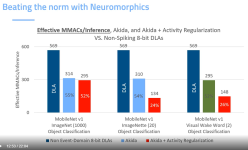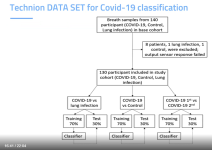Finally received my PCIE board!
I must say, when holding it I feel as though I’m holding a nugget of gold, or a large diamond LOL.
What I see from all the enthusiasts and the professors at universities who have purchased boards is there will be some very very creative things created, and slowly but surely it will be posted all over different social media platforms, everybody will be amazed at what it can do, then the large organisations will see, Brainchip will be spoken about, the worlds first neuromorphic processor, it’s here now, ready, and this is only the beginning!
View attachment 3082







